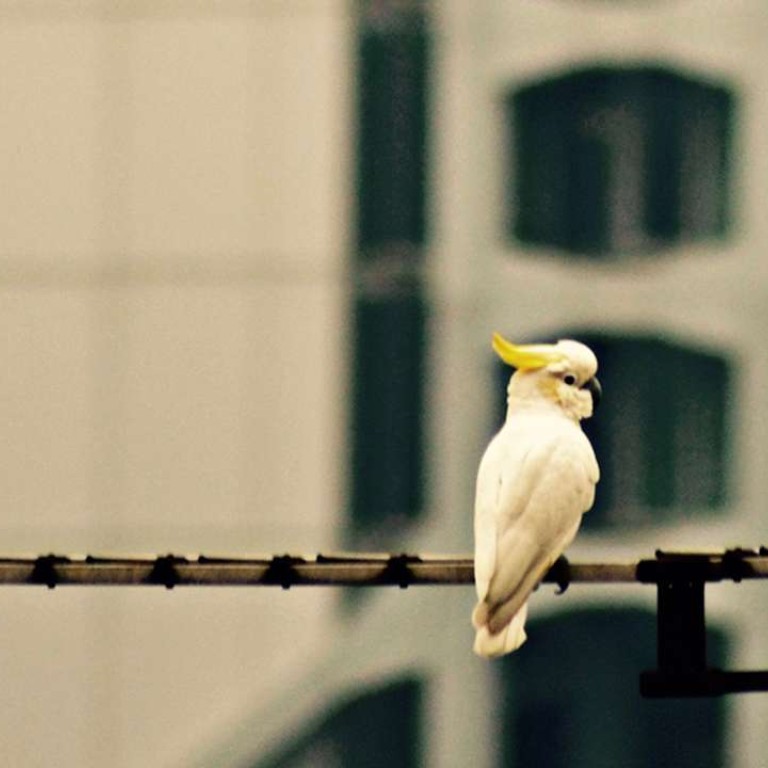
Hong Kong a sanctuary for cockatoos driven to brink of extinction in native lands
City is home to 10pc of global population of yellow-crested cockatoos, but experts question licensing regime that allows sales despite international ban
Hong Kong Island is now home to a tenth of the global population of yellow-crested cockatoos, a critically endangered bird whose numbers have rapidly declined in Southeast Asia due to poaching and the pet trade.
But experts have called into question the city’s patchy regime in regulating sales of the birds, which are controlled and licensed in Hong Kong despite an international trade ban imposed in 2002.
Known for its white plumage and bright yellow crest, the parrot is a critically endangered species under the International Union for Conservation of Nature’s Red List.

The earliest ones were introduced around the mid-20th century, later spawning one of the world’s largest naturalised populations.
“The irony is that native populations are in grave threat of extinction but the exact same species is thriving here in Hong Kong,” HKU biologist Dr Luke Gibson, who led the study, said.
A paper published in the journal Frontiers in Ecology and the Environment highlights the important role cities play in the conservation of globally threatened species with populations outside their native distribution.
“We must keep in mind that it is still an invasive species ... that could affect native species and ecosystems. But it provides us with a unique opportunity to help buffer declining populations in their native range.”
Numbers have tanked in their native habitats of Indonesia and East Timor due to their capture as pets and for the illegal trade. It is not known how many make their way to Hong Kong but they are occasionally seen on sale at the bird market in Mong Kok.
The Agriculture, Fisheries and Conservation Department said although a licence was not needed to keep the bird, proof of its “legal source” was required. Licensed pre-trade ban parrots can still be sold legally.
Adding to the confusion is that they are nearly indistinguishable from other birds, such as the sulphur-crested cockatoo, which is not endangered and can fetch up to HK$20,000.
Yu Yat-tung of the Hong Kong Birdwatching Society said: “Its possible that people are selling [yellow-crested cockatoos] claiming they are locally bred. But it’s possible they could be illegally imported ... export countries could have filed faulty paperwork. We don’t have a strong mechanism to regulate and monitor this.”
SPCA deputy director Dr Fiona Woodhouse said traders would rarely be able to provide a customer with the full paperwork to trace the pet to its legal source.
She suggested a microchip registration scheme be set up for such pets. “Its definitely an area that needs looking at and proper regulation.”

